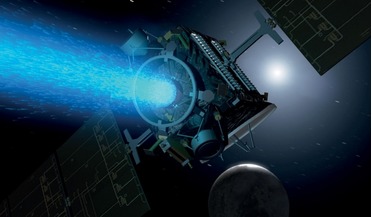 October 2016
Unlocking the potential of annular ion engines
October 2016
Unlocking the potential of annular ion engines
...enables an increase in both thrust density and thrust-to-power (F/P) ratio exceeding conventional ion thrusters and other electric propulsion (EP) technology options, thereby yielding the highest performance over a broad range in Isp. The AIE concept...
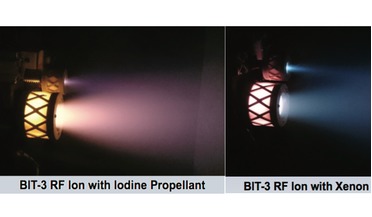 02 August 2017
First iodine fuelled thrusters pass critical design tests
02 August 2017
First iodine fuelled thrusters pass critical design tests
...) that once given the final sign-off, will enable an entirely new range of small spacecraft mission. Electric propulsion (EP) systems have the appealing factor of providing exceptional propellant efficiency compared with traditional chemical...
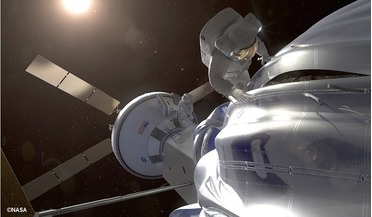 December 2014
Asteroid Redirect Mission: preparing for Mars in deep space
December 2014
Asteroid Redirect Mission: preparing for Mars in deep space
... number of new space technologies to extend human spaceflight beyond LEO. One of these is the use of advanced solar electric propulsion (SEP) to carry the spacecraft out to one of several candidate asteroids. Two primary mission options are currently...
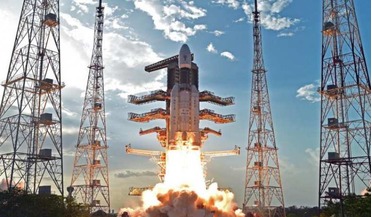 06 January 2021
India lays out its space plans for the next 10 years
06 January 2021
India lays out its space plans for the next 10 years
... to almost 5.5 tonnes. In addition, the LPSC will also advance development on on liquid oxygen (LOX)/Methane propulsion, Green and electric propulsion. NASA also uses liquid oxygen as an oxidiser in its RS-25 main engines that power its huge Space...
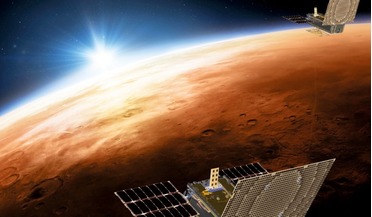 April 2019
On-board propulsion set to drive the smallsat revolution
April 2019
On-board propulsion set to drive the smallsat revolution
... again limit the amount of miniaturisation possible. The use of a neutraliser can also increase the operational risk of an electric propulsion system and, if the neutraliser fails, the thruster may no longer be able to function correctly. This was...
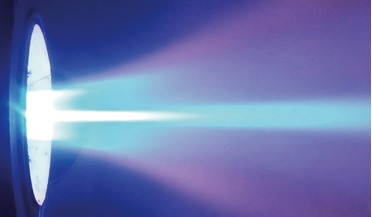 October 2020
Superconductors - key to unlocking high power space missions
October 2020
Superconductors - key to unlocking high power space missions
.... The most promising option for transporting large spacecraft efficiently and within reasonable timeframes is high power electric propulsion (EP). In this context, the power dilemma becomes fundamental, as both high thrust and high Isp can only...